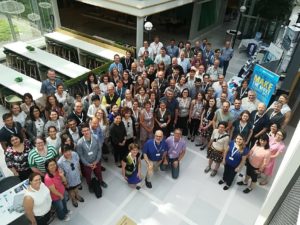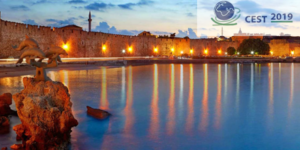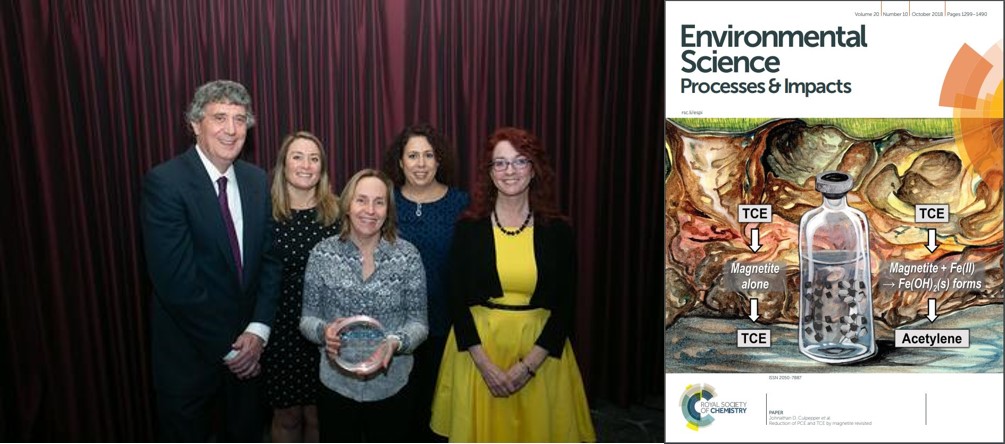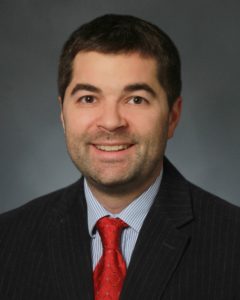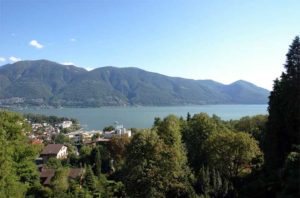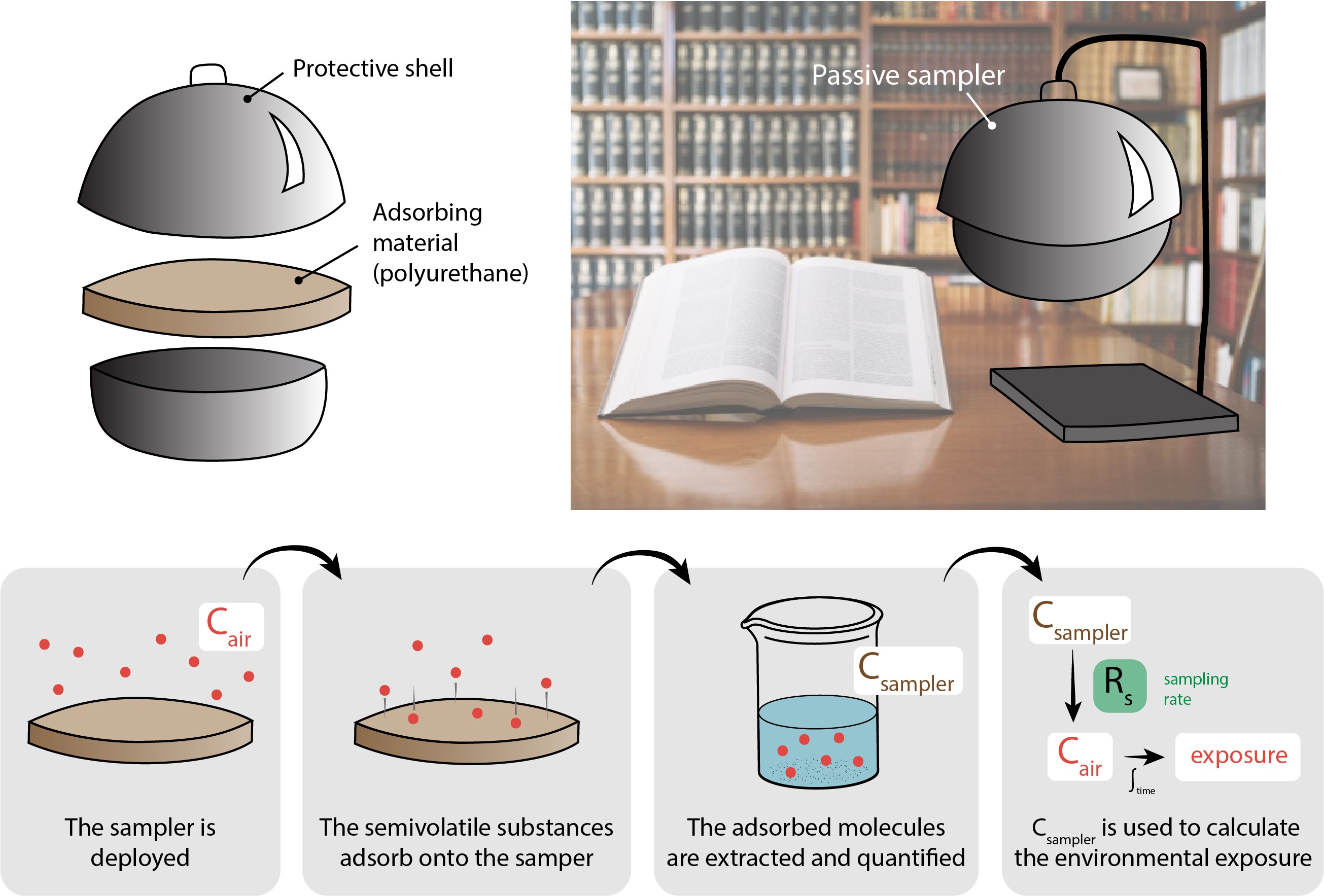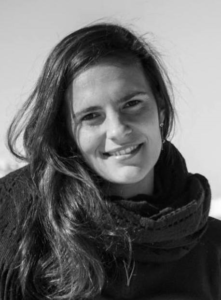Pernilla Carlsson, NIVA, Norway; Dana W.Kolpin, USGS, USA; Bjarne W. Strobel, University of Copenhagen, Denmark; Edward T. Furlong, USGS, USA; Thomas Borch, Colorado State University, USA; Rai Kookana, CSIRO, Australia; Edward P. Kolodziej, Washington State University, USA; Elisabeth Lie, NIVA, Norway; Bert van Bavel, NIVA, Norway; Kevin Thomas, NIVA, Norway and University of Queensland, Australia.
The 6th International conference on Emerging Contaminants (EmCon 2018) was held in Oslo, Norway in June 2018. This topical conference on emerging contaminants (ECs) was highly successful with around 140 participants including scientists, management, regulators, students, and industry attending the conference. Twenty-seven countries were represented at the conference, covering all continents except Africa and Antarctica with participants contributing 33 platform and 57 poster presentations of high quality during the event.
This single-track conference (i.e. all sessions were plenary) was organized with themes covering all aspects of emerging contaminant research, such as the occurrence of microplastics in the Artic and the removal of ECs during water treatment. For example, at one of the three keynote addresses, Katrin Vorkamp (University of Aarhus) shared a success story on how collaboration within the Arctic region on polychlorinated naphthalene’s led to their addition to the Stockholm Convention list. Other researchers at the meeting also discussed the presence of new contaminants in the Arctic, such as microplastics and personal care products, demonstrating the global transport of contaminants as well as contribution from local settlements and the need to include the Arctic when screening for ECs.
Environmental microplastics is clearly a popular and hot topic globally that was reflected in the number of talks and posters presented on these contaminants. During the meeting, we learned about the latest ideas and work on standardization of methods for monitoring microplastics and research across international borders. Inger Lise Nerland Bråte (Norwegian Institute for Water Research; NIVA) presented research on how the monitoring of blue mussels (Mytilus edulis) for microplastics can be used for sampling and can provide a standard comparison between different localities where present. Another researcher (Rachel Hurley; NIVA) presented a new project where the impact and uptake of microplastics from the use of biosolids in agriculture was under the spotlight. A poster by Bettina Liebmann (Environment Agency Austria) presented research documenting for the first time the presence of microplastics in human stool samples. This research went on to receive global media coverage later in 2018.
A keynote by Edward Kolodziej (Washington State University) brought to the audience’s attention the issue of Urban Stormwater Mortality Syndrome in Coho Salmon in the Western USA. Edward and his team used high-resolution mass spectrometry to identify a number of contaminants found in tire wear leachates as potentially responsible for the deleterious effects observed in these salmon. This was followed by additional informative presentations on the most recent developments in non-target analysis, demonstrating optimism within the EmCon community that this approach will be a crucial tool for identifying ECs in future research. For example, Marja Lamoree (Vrije Universiteit Amsterdam) utilized a non-target approach as part of a high-throughput effects-directed analysis approach to identify endocrine disrupters in Dutch surface waters.
While on one hand, per- and poly-fluorinated alkylated substances (PFASs) may no longer be considered as «emerging» contaminants. There has been a resurgence in PFASs research as the number of known PFAS and replacement compounds have increased (currently approaching 5,000 different compounds). At the same time, we better understand the true prevalence of environmental exposures to PFASs, and mounting evidence show an ever-increasing number of potential environmental and human health effects. Paul Leahy (Environment Protection Authority Victoria) presented on the issue from a management and regulator’s perspective and how national environmental management plans are developed and used for regulation and also highlighted the importance of QA/QC work for high quality research and effective management. There were many excellent presentations at EmCon2018 focusing on the relation between sources and compound patterns and how regulation impacts compound profiles found in environmental samples. This is clearly documenting that PFAS is of high interest for researchers and regulators alike.
The list of ECs is continually evolving with new contaminants on the horizon with others having been previously identified but gaining ever greater environmental interest. One such example are salmon lice pesticides, where Steven J. Brooks (NIVA) discussed the bioaccumulation of teflubenzuron and emamectin benzoate in blue mussels. Sarah Hale (Norwegian Geotechnical Institute) talked about REACH registered compounds that are emerging as hazardous ECs in drinking water. The persistence, bioaccumulative and toxic (PBT) perspective may not always be efficient enough on targeting hazardous compounds in water. Sarah showed how a mobility criteria in addition to the set PBT criteria may help for further regulation and prioritization of drinking water contaminants. Summer time equates to higher use of UV-filter compounds in certain countries. An Australian study by Elissa O’Malley (University of Queensland) reported the global occurrence of UV compounds in surface waters. As UV compounds are, in general, directly related to sunscreen usage. Elissa reported that weather and latitude can be used as predictors for UV-filter compounds in the environment.
How we monitor the complexity of exposures to ECs in urban environments was the focus of a keynote by Alistair Boxall. A range of novel tools were presented that allow for the comprehensive monitoring of a multitude of exposures in urban environments in the future. A complementary approach worthy of consideration when assessing the exposure of populations is wastewater-based epidemiology. The approach was highlighted by Erik Emke (KWR Water Research) who estimated the quantity of illicit drugs consumed by festival visitors through measuring the levels of drug specific biomarkers in wastewater.
It has been challenging to select the highlights from such an exciting week and the EmCon2018 organizing committee were very pleased with the wide range of presentations, the high level of international representation of delegates and high quality of the science presented. We are very thankful to all of our sponsors, and especially our main sponsor Wellington and Norwegian Research Council. The EmCon 2018 conference would not have been possible without their support. ESPI has also kindly sponsored EmCon 2018.
We are already looking forward to the next EmCon conference, which is planned for the 21st-24th June 2021 in Seattle, USA. Welcome!


